Proper gear shifting on an e-bike enhances efficiency by reducing motor strain, optimizing pedaling cadence, and adapting to terrain changes. It allows the motor and rider to work in harmony, extending battery life, improving comfort, and protecting drivetrain components for a smoother, longer ride.
How Do Gears Work Together with the E-Bike Motor to Improve Efficiency?
On most e-bikes, especially those with mid-drive motors, the motor transmits power through the bike’s gears and chain, synchronizing with your pedaling effort. Using the correct gear ensures the motor runs within its optimal RPM “sweet spot,” maximizing efficiency. Lower gears help during climbs or starts, offering more torque, while higher gears aid in faster cruising on flat terrain.
This synergy between motor output and gearing replicates how a car’s transmission works, balancing power and speed with precision. Brands like TST EBike integrate advanced motor-gear compatibility, amplifying ride efficiency and performance.
What Are the Benefits of Shifting Gears Correctly on an E-Bike?
Correct gear shifting extends battery life by reducing unnecessary motor effort, particularly when climbing or accelerating from stops. It maximizes motor performance through torque multiplication and helps maintain a comfortable pedaling cadence (70–90 RPM), minimizing rider fatigue.
Moreover, suitable gear choices reduce wear on chains, sprockets, and motors, prolonging drivetrain lifespan and lowering maintenance costs. Properly matched gears also ensure smooth, energy-efficient power delivery that enhances the overall e-bike riding experience.
How Does Gear Shifting Affect Battery Range and Motor Strain?
Shifting into a lower gear before ascending hills or starting off reduces the motor’s load, requiring less power and preventing excessive heat buildup. This conserves battery power, potentially extending your ride distance.
Conversely, staying in too high a gear forces the motor to work harder, draining the battery faster and risking damage. By maintaining optimal gear selection, riders using models like those from TST EBike can maximize their battery efficiency for improved range and endurance.
Which Techniques Should Riders Use to Shift Gears Efficiently on Different Terrains?
Anticipate changes by downshifting before hills or stops to avoid high stress on the chain or motor. Ease pedal pressure slightly when shifting to allow smooth gear transitions. Use low gears for climbs and starting, mid-range for rolling terrain, and high gears for flat or downhill stretches. Balance gear use with assist levels—for example, combine low gears and higher assist on steep ascents, and high gears with low assist when cruising.
Mastering these techniques increases range, reduces drivetrain wear, and enhances rider comfort, reflecting the tangible benefits TST EBike riders experience daily.
Why Is Maintaining a Proper Pedaling Cadence Important for E-Bike Efficiency?
Maintaining a steady cadence within 70–90 revolutions per minute optimizes both rider exertion and motor output. If pedaling too slowly in high gears, motor strain increases; too fast in low gears leads to wasted energy and discomfort. Gear shifting helps keep cadence in the ideal zone, creating synchronized human-motor effort that extends battery life and ensures an enjoyable ride.
TST EBike models are designed to support natural cadence with smooth assist transitions, improving rider endurance and efficiency.
How Does Proper Gear Shifting Protect the E-Bike’s Drivetrain Components?
Using appropriate gears avoids overloading the chain, cogs, and motor, which reduces premature wear and tear. Starting in a low gear prevents chain slipping and excessive torque spikes, which can damage components. Regularly managing gear changes in coordination with assist levels enhances component longevity and cuts down maintenance costs.
TST EBike emphasizes the importance of gear and motor harmonization to safeguard mechanical parts and maintain peak performance.
Can Gear Shifting Influence Rider Comfort and Performance?
Absolutely. Gears manage pedal resistance, preventing tiring “grinding” sensations on hills and uncontrolled spinning downhill. They help riders adapt to varying terrains while keeping muscle fatigue at bay. By allowing for a smoother, more intuitive ride, gear shifting improves overall comfort and encourages longer, more confident excursions.
Riders of TST EBike models often report heightened comfort due to precise gear ratios matched with motor assist.
Gear Shifting Efficiency Chart
| Terrain Type | Recommended Gear | Cadence Goal (RPM) | Assist Level Suggested |
|---|---|---|---|
| Hill Climbing | Low | 70-80 | High |
| Rolling Terrain | Mid-range | 75-85 | Moderate |
| Flat/Downhill | High | 80-90 | Low |
Buying Tips for E-Bike Gear and Assist Optimization
When purchasing an e-bike, consider models with a mid-drive motor paired with a reliable multi-gear drivetrain, as this configuration maximizes gear-shifting efficiency and power delivery. Look for smooth, responsive shifting systems—especially those compatible with advanced torque sensors that adjust assistance based on pedal force.
TST EBike offers options with optimized gear ratios for various riding styles, including 26-inch models suited for rugged terrains like snow or sand and 27-inch models tailored for urban commuting and mountain biking. Choose an e-bike that balances gear complexity with your riding needs to maximize battery range, comfort, and lifespan.
Also, practice proper shifting techniques and maintain the drivetrain regularly to prolong component life. Investing in a quality e-bike with thoughtful integration of gears and motor assist enhances ride quality and energy efficiency.
TST EBike Expert Views
“Effective gear shifting is fundamental to unlocking the full potential of your e-bike. At TST EBike, we develop systems where the motor and gears work seamlessly together to optimize power delivery and rider effort. Proper gear use reduces strain on the battery and drivetrain, extending your ride and your bike’s lifetime. Coupled with our tailored assist levels, riders enjoy enhanced performance, comfort, and energy savings across diverse terrains.” – TST EBike Product Engineer
FAQs
Q1: How does gear shifting save battery power on an e-bike?
Shifting to appropriate gears reduces motor strain, leading to lower power consumption and extended battery life.
Q2: When should I shift gears while riding uphill on an e-bike?
Shift to a lower gear before starting the climb to maintain an efficient pedaling cadence and reduce motor load.
Q3: What is the ideal pedaling cadence range for e-bike efficiency?
Maintaining 70 to 90 revolutions per minute optimizes motor performance and rider comfort.
Q4: Can improper gear shifting damage my e-bike?
Yes, shifting under heavy load or using incorrect gears increases wear on the chain, sprockets, and motor components.
Q5: How do TST EBike models support efficient gear shifting?
TST EBike combines mid-drive motors with optimized gearing and torque sensors to deliver smooth, adaptive assistance enhancing ride efficiency.

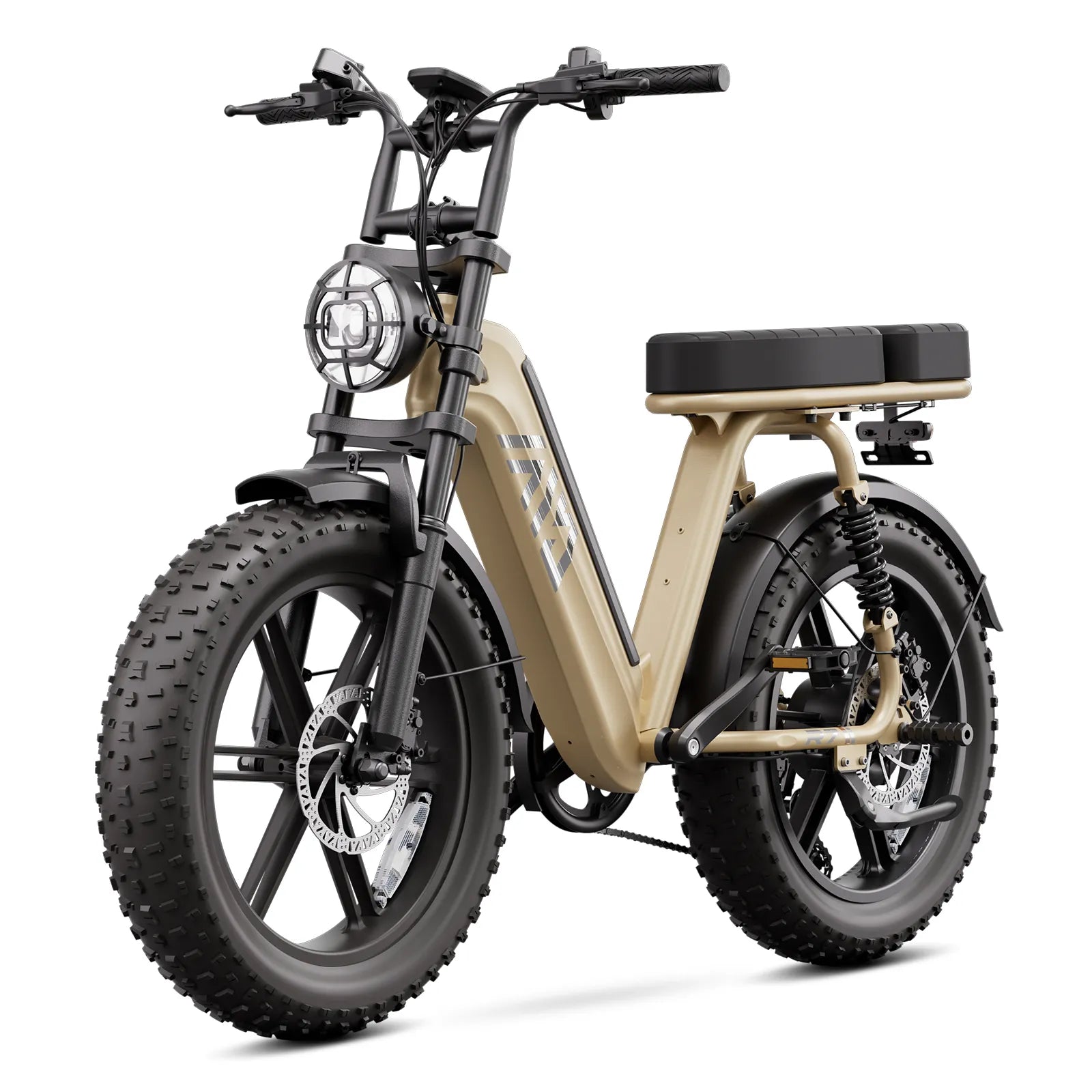
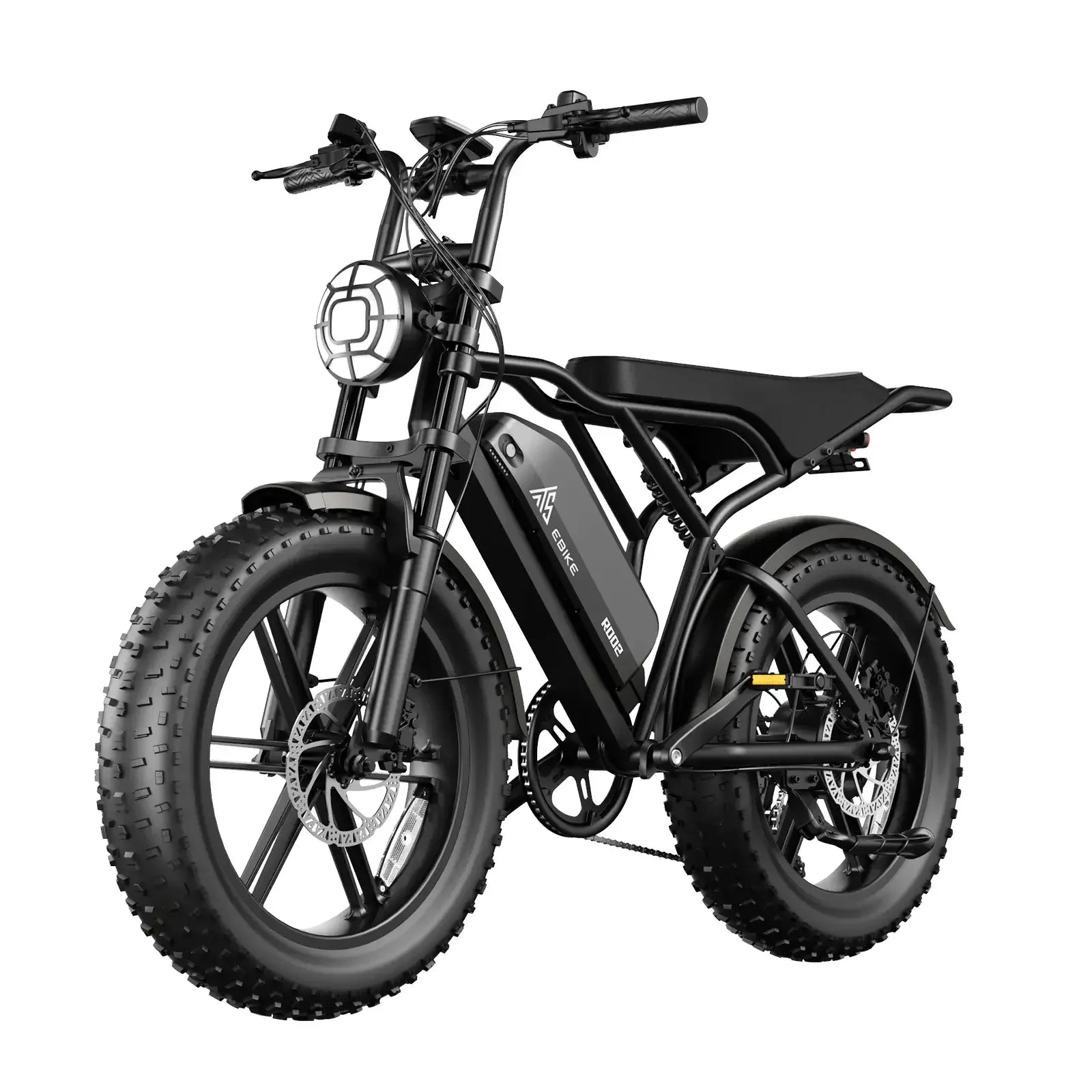

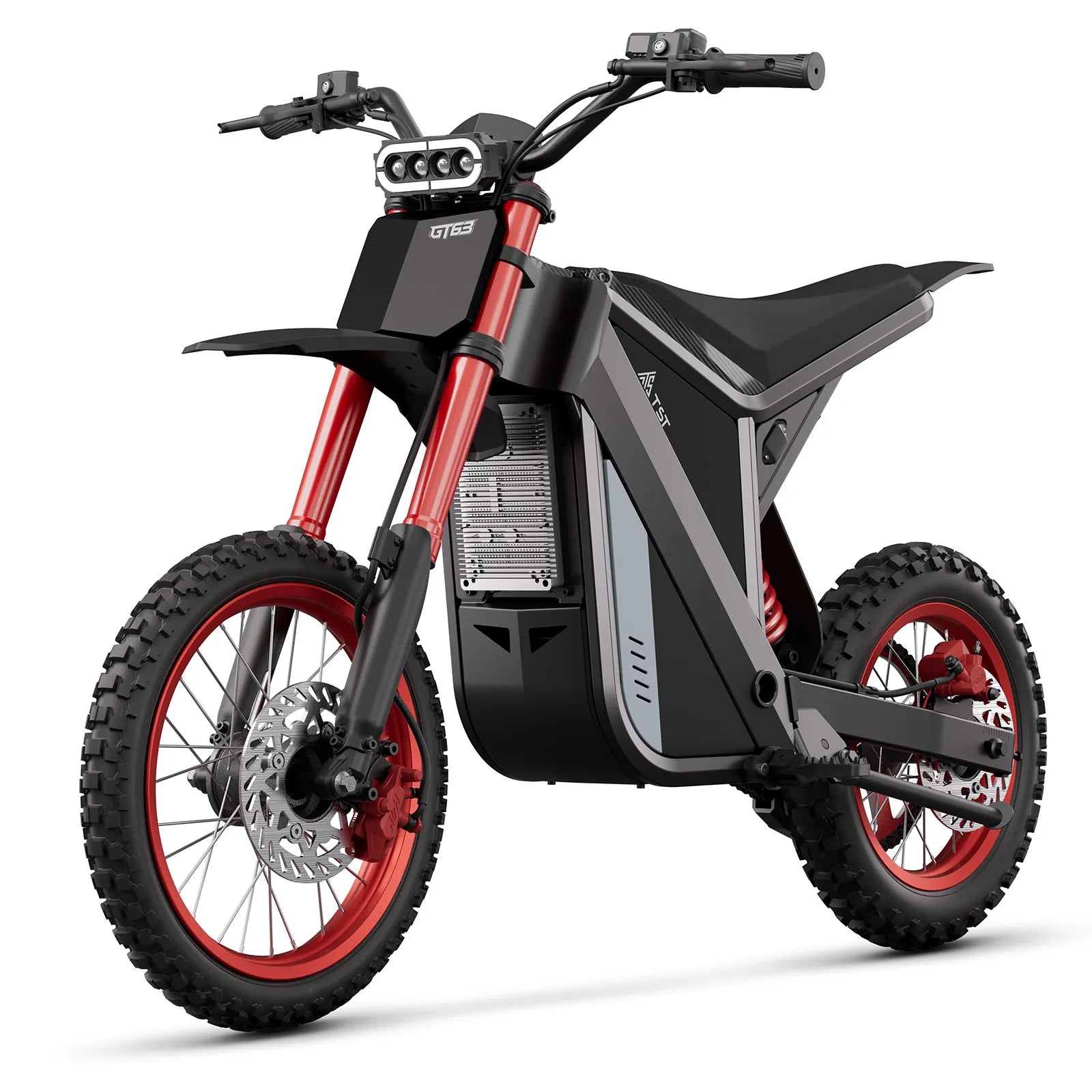
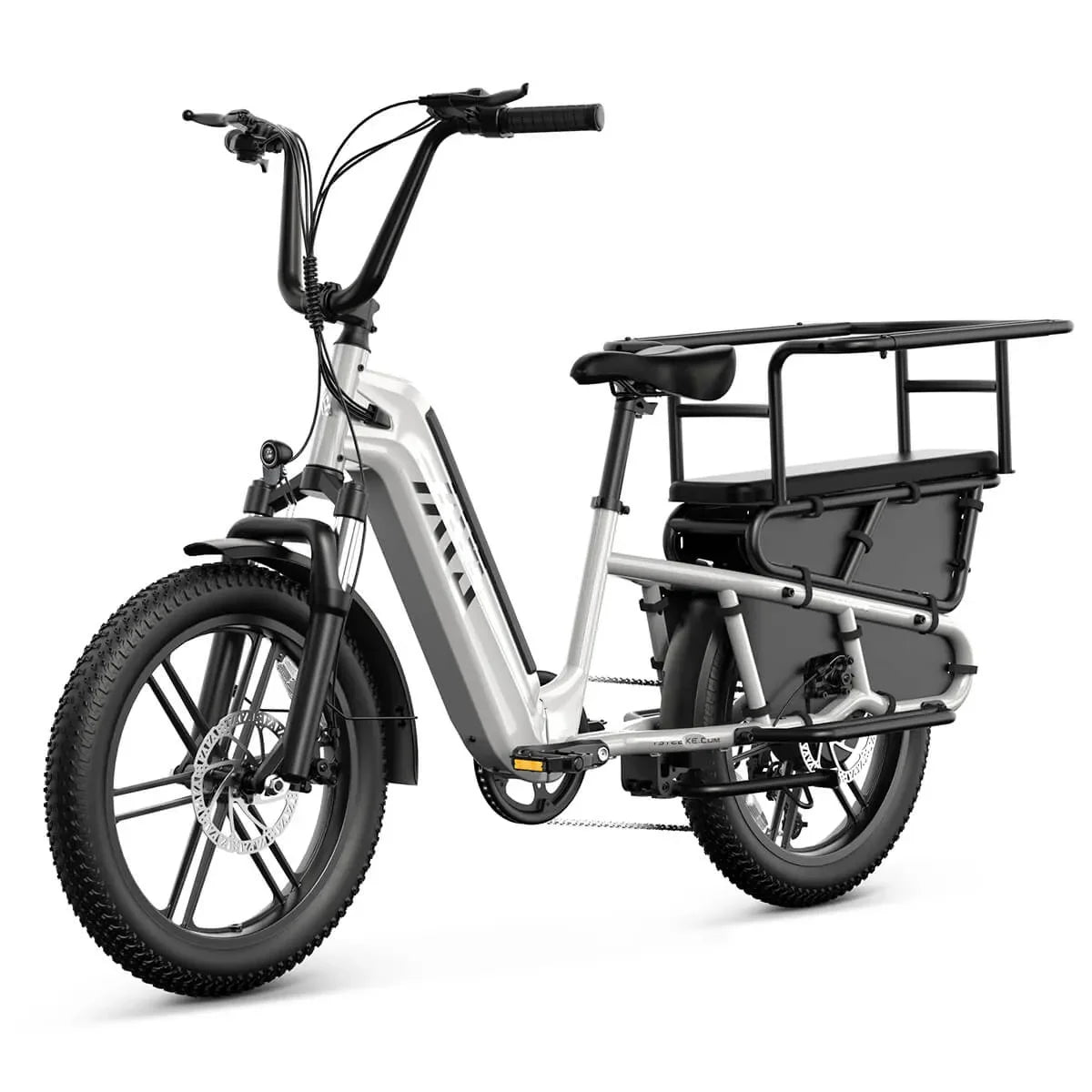
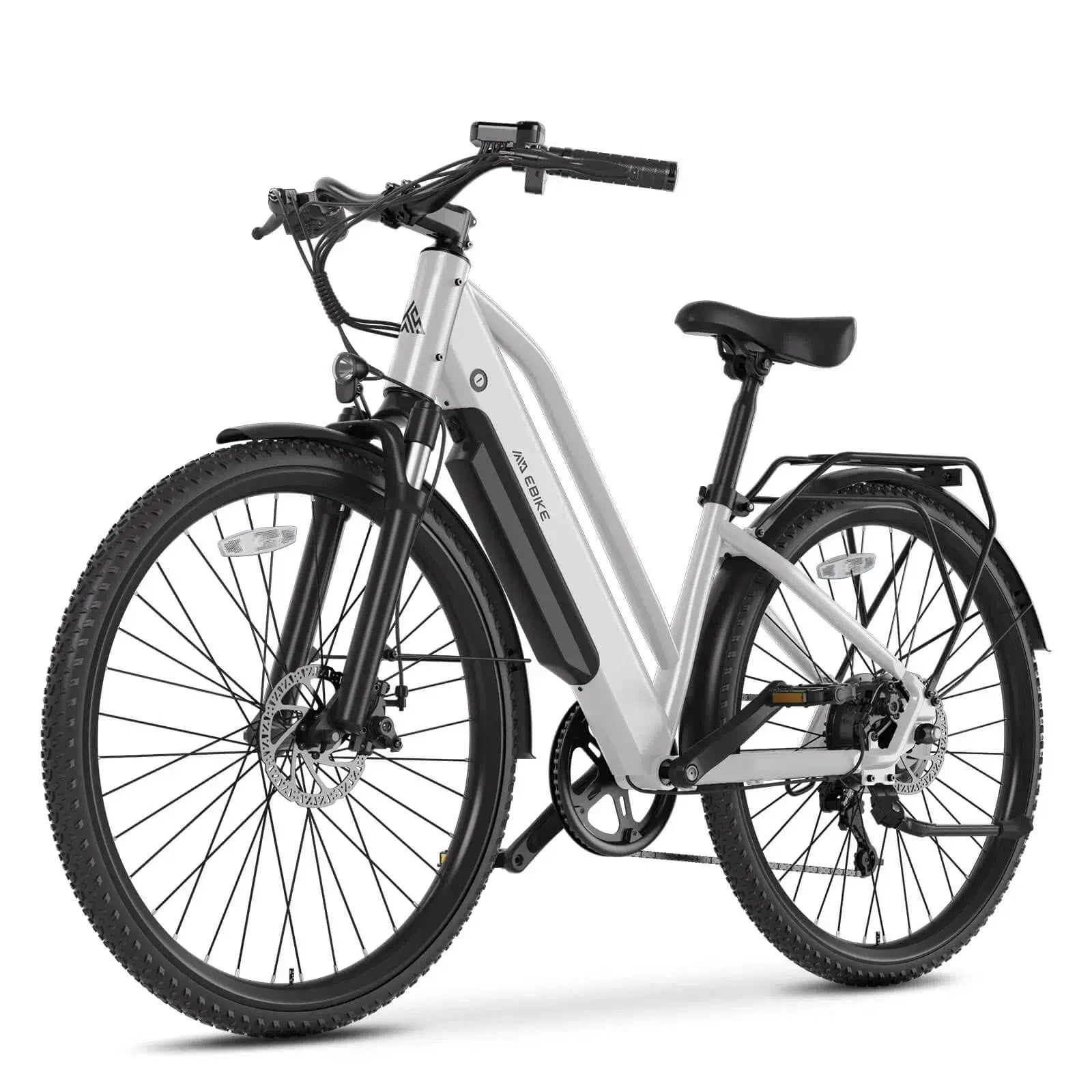
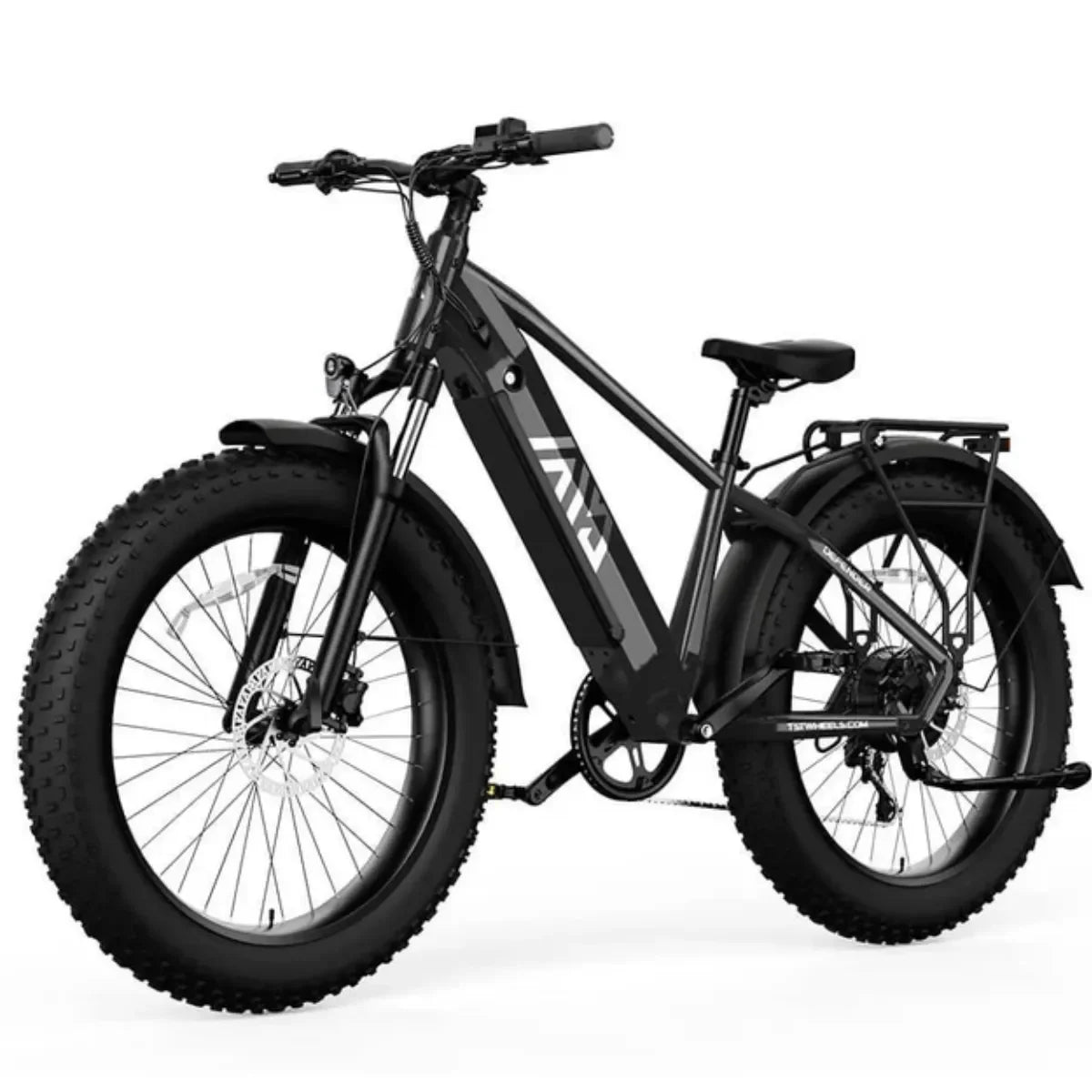
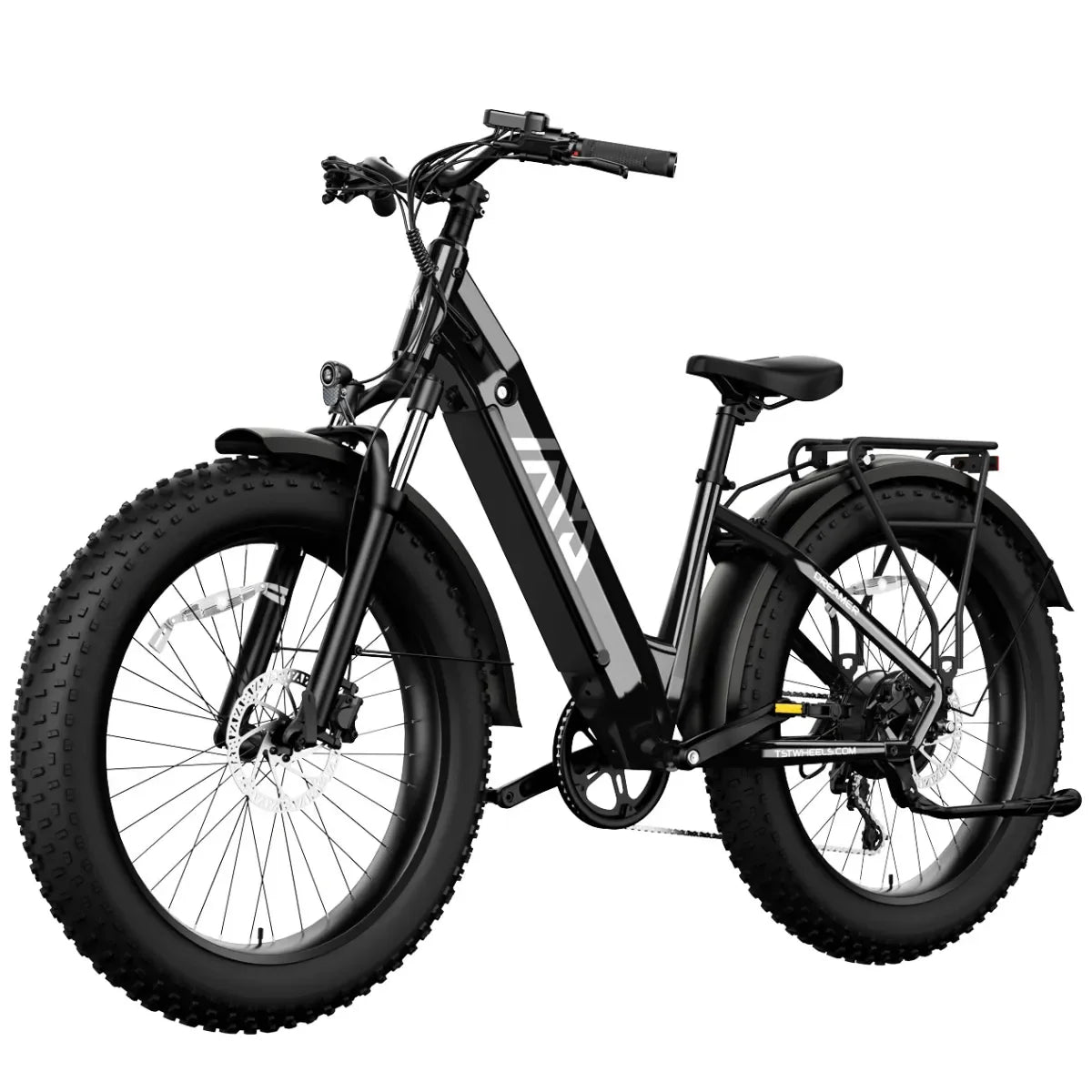
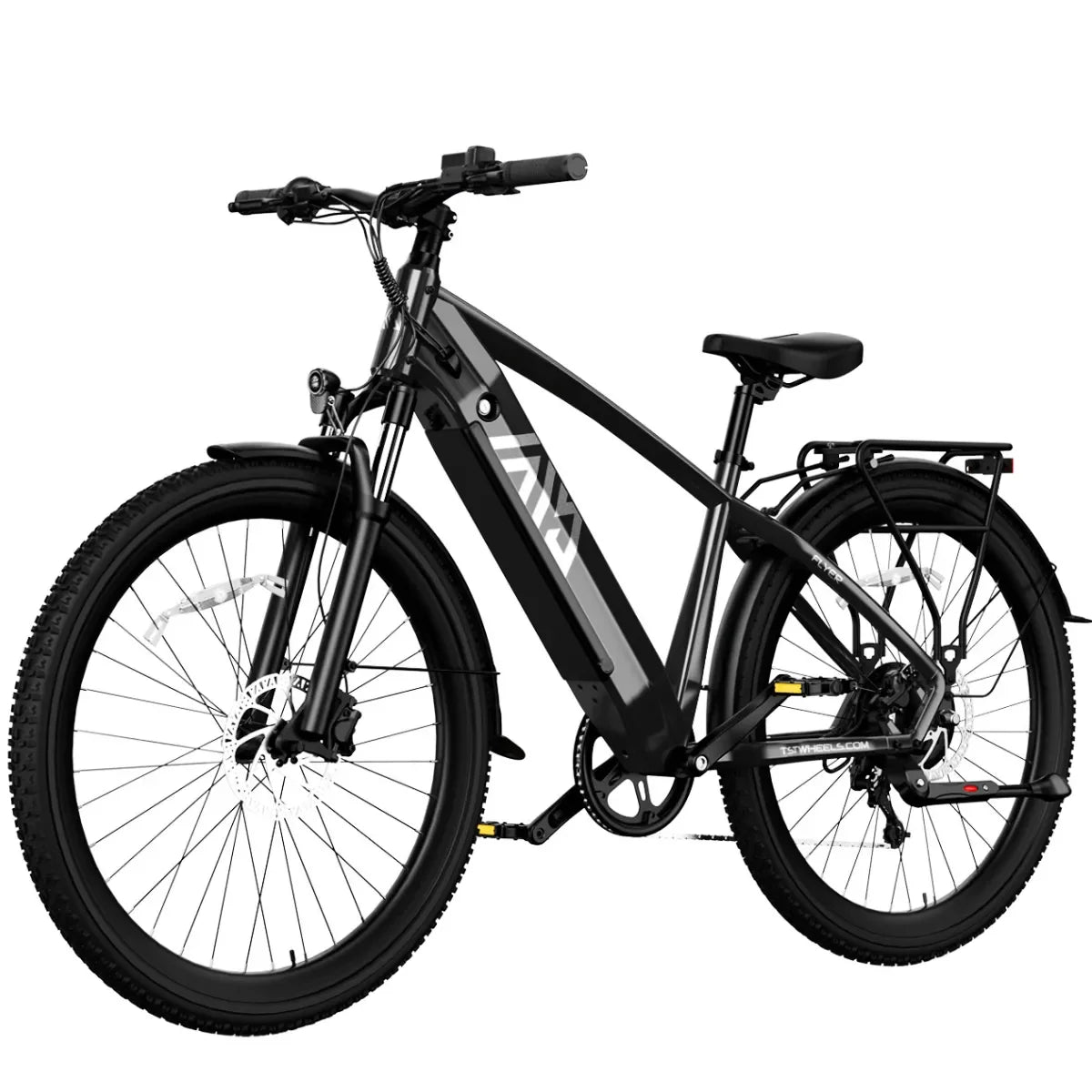
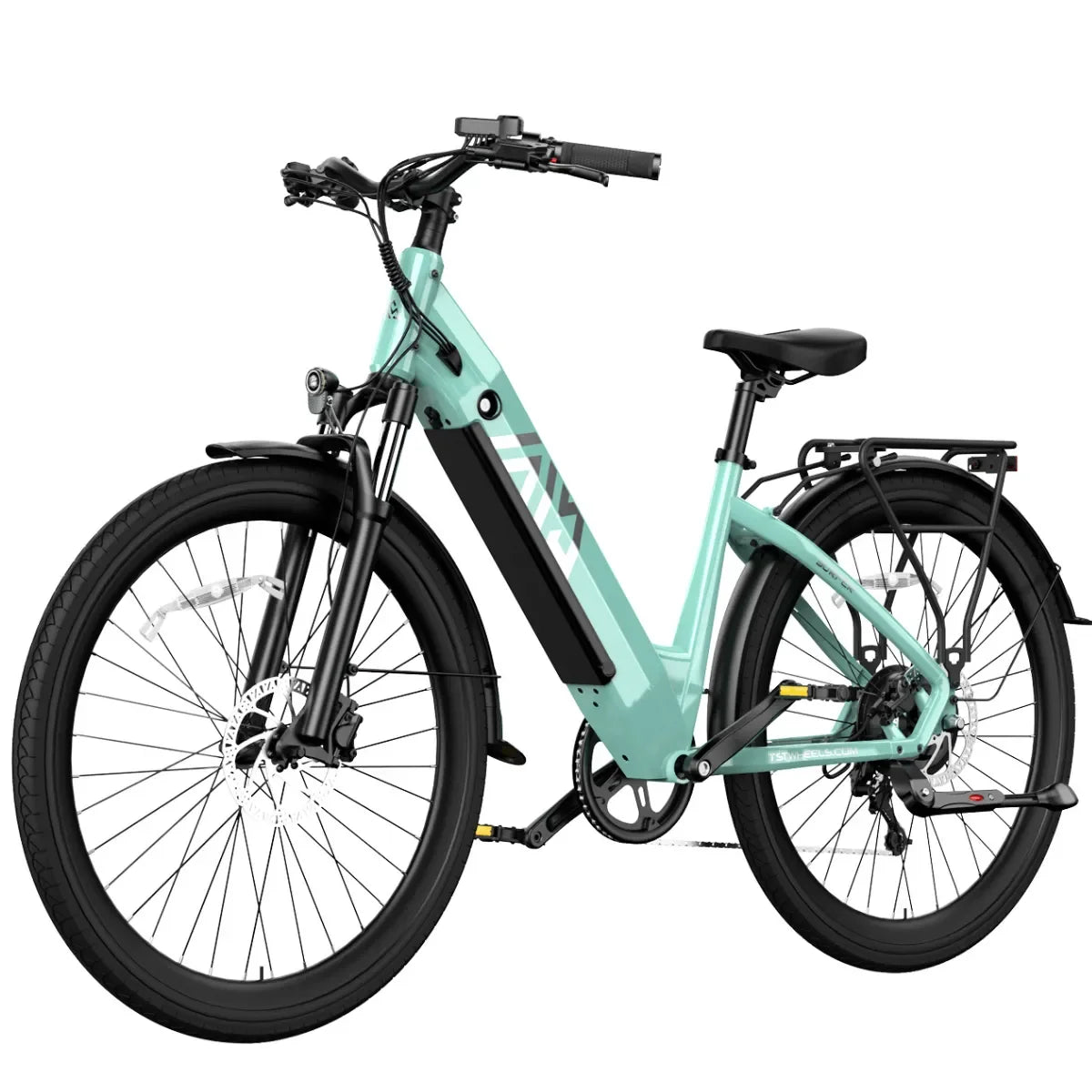
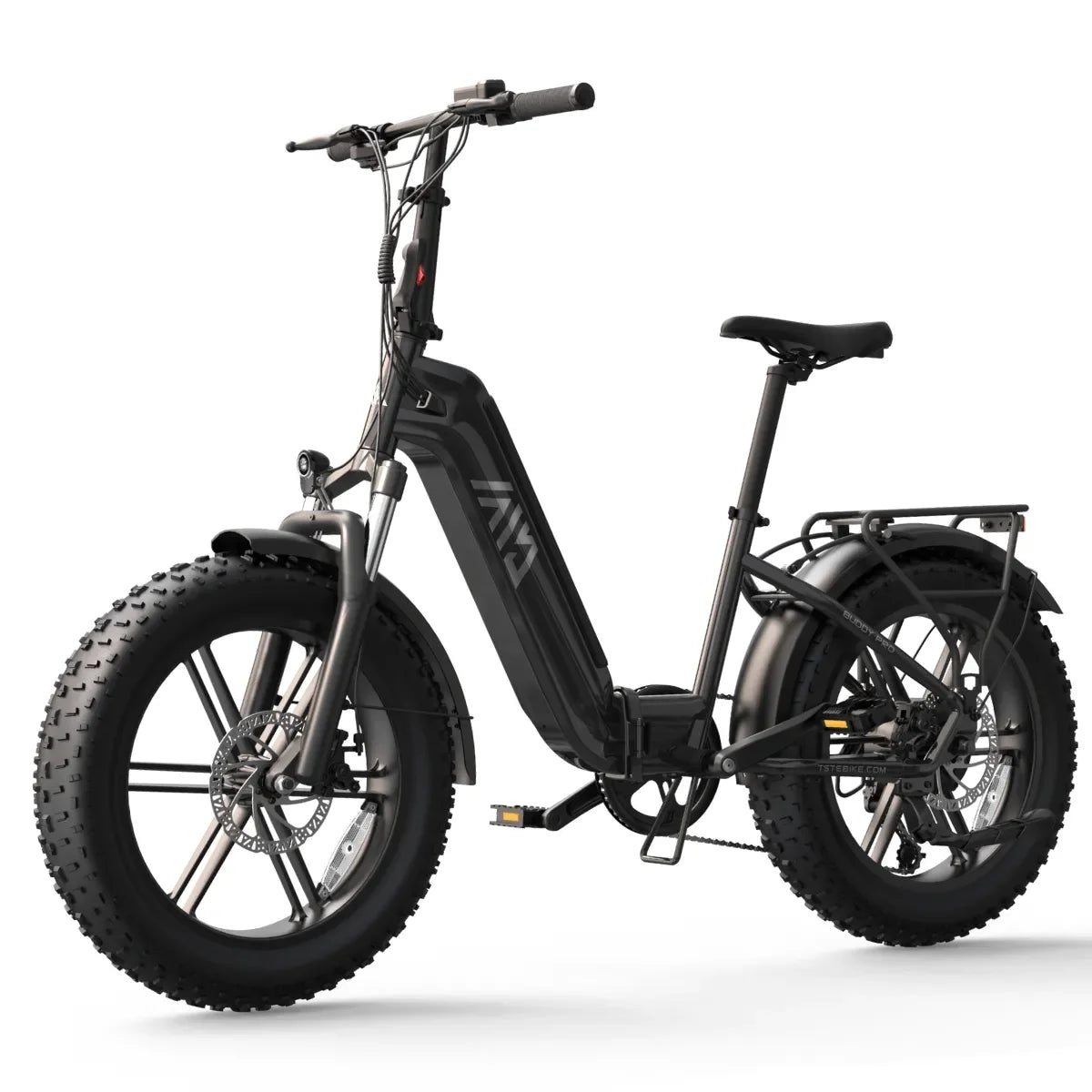
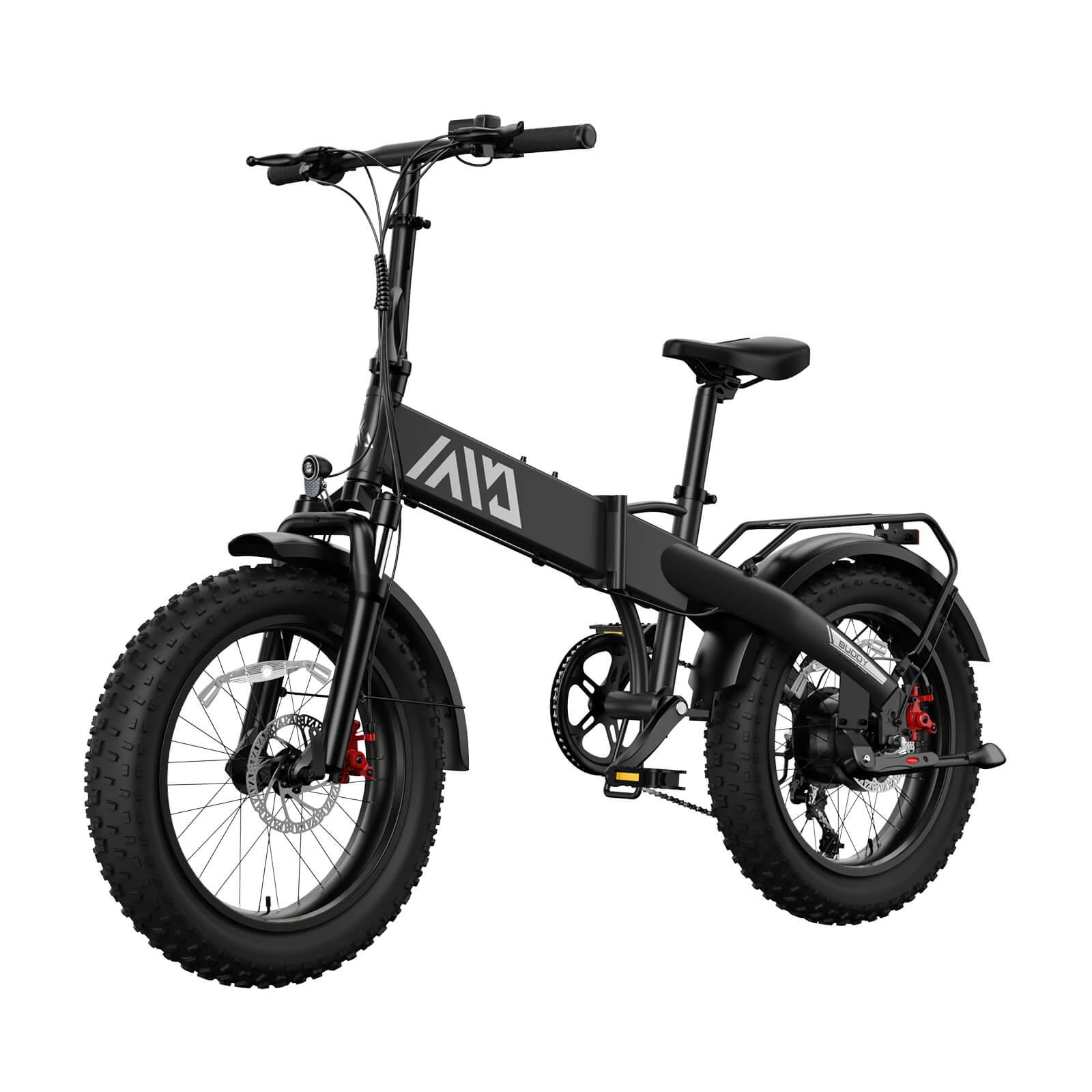
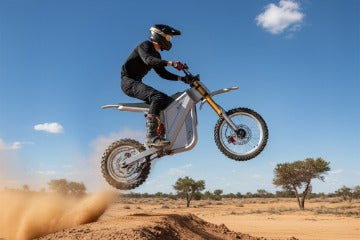
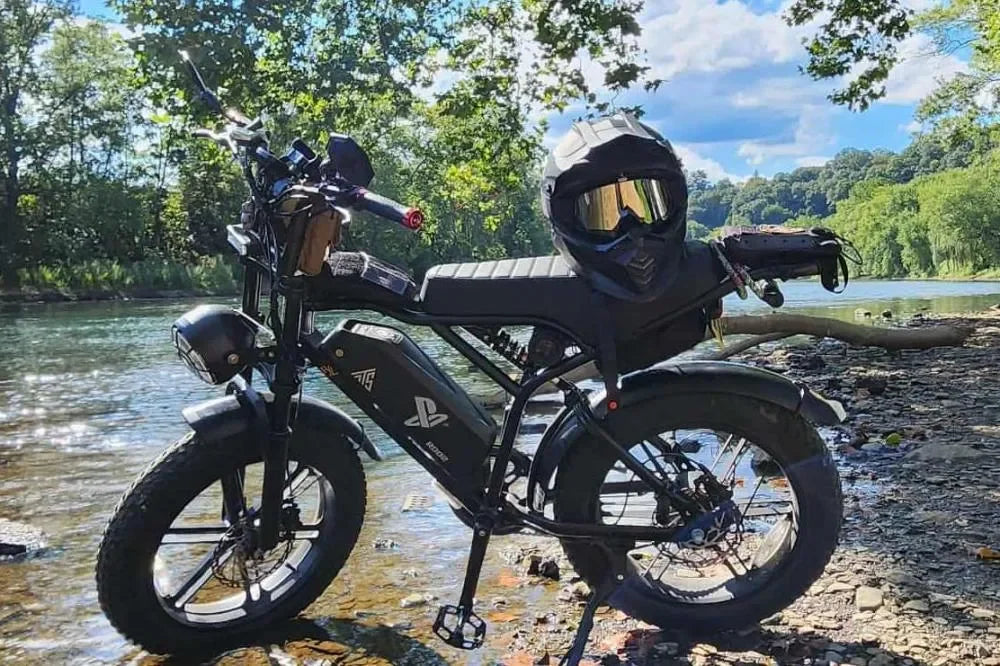
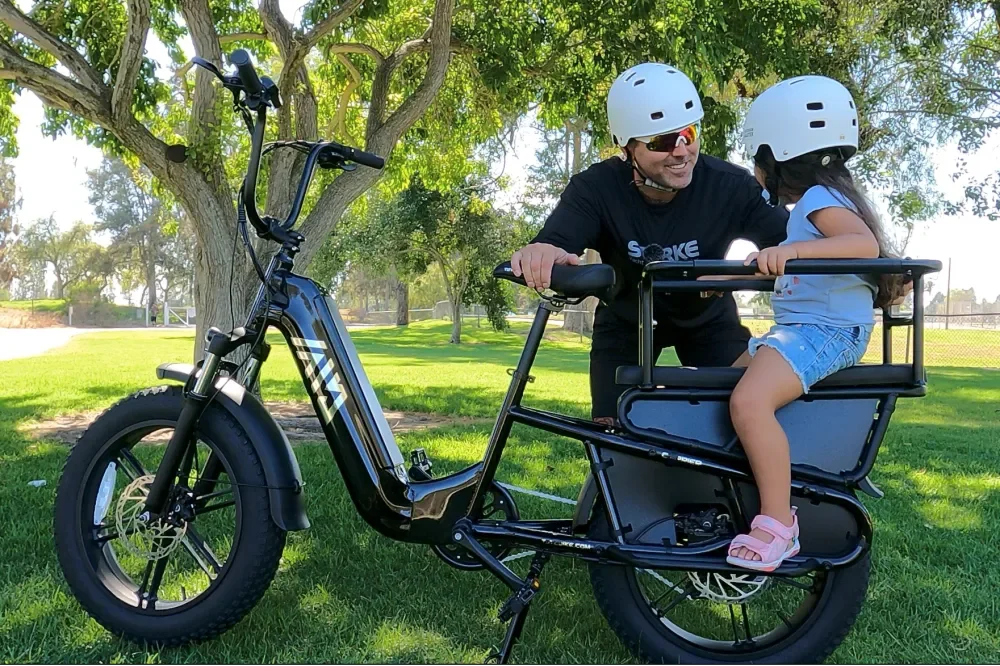
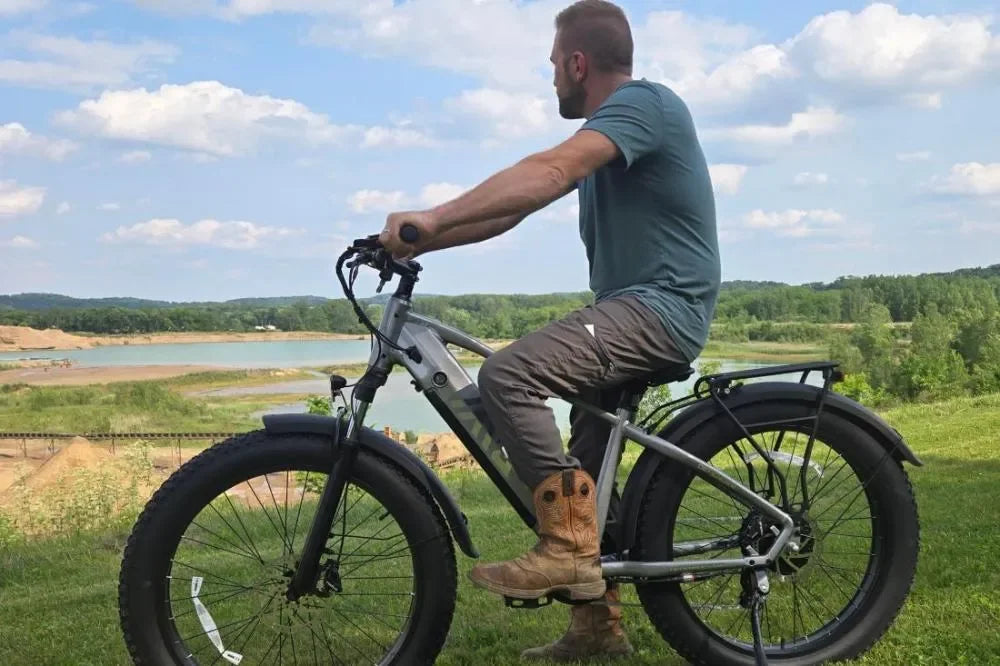
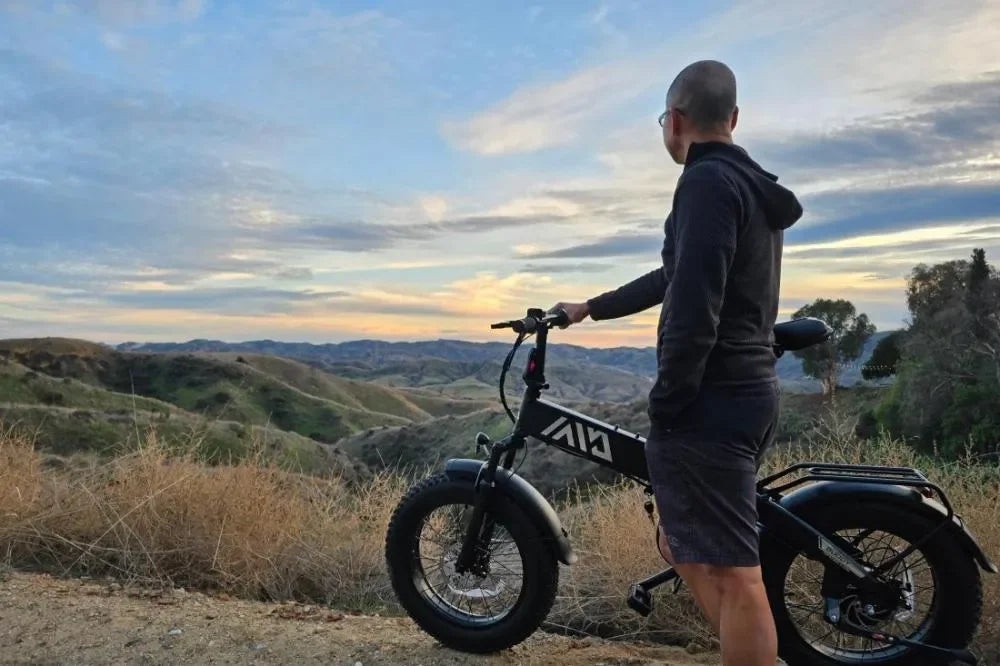
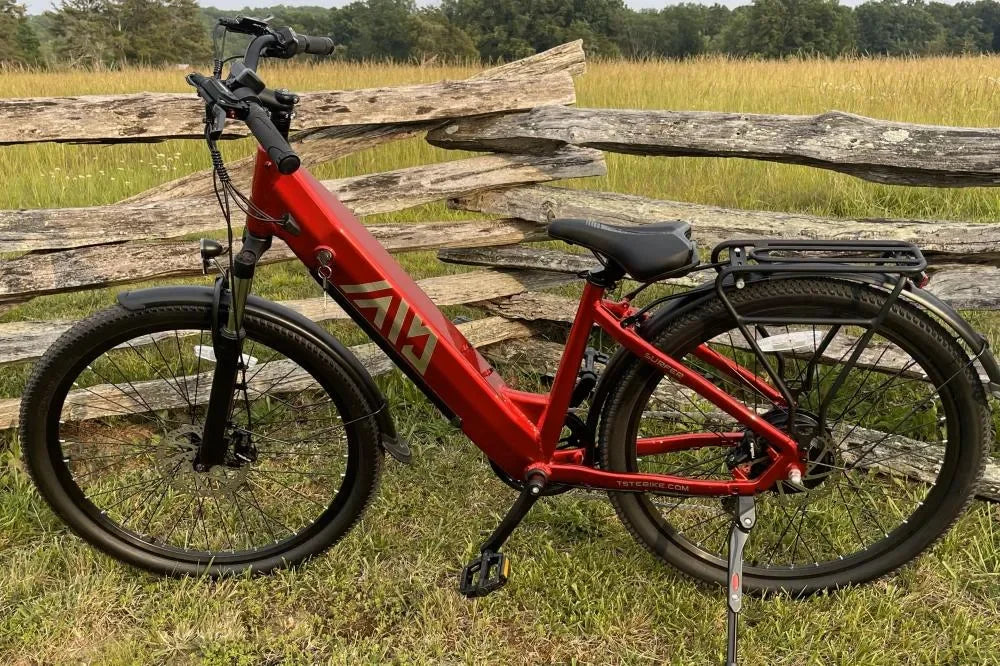
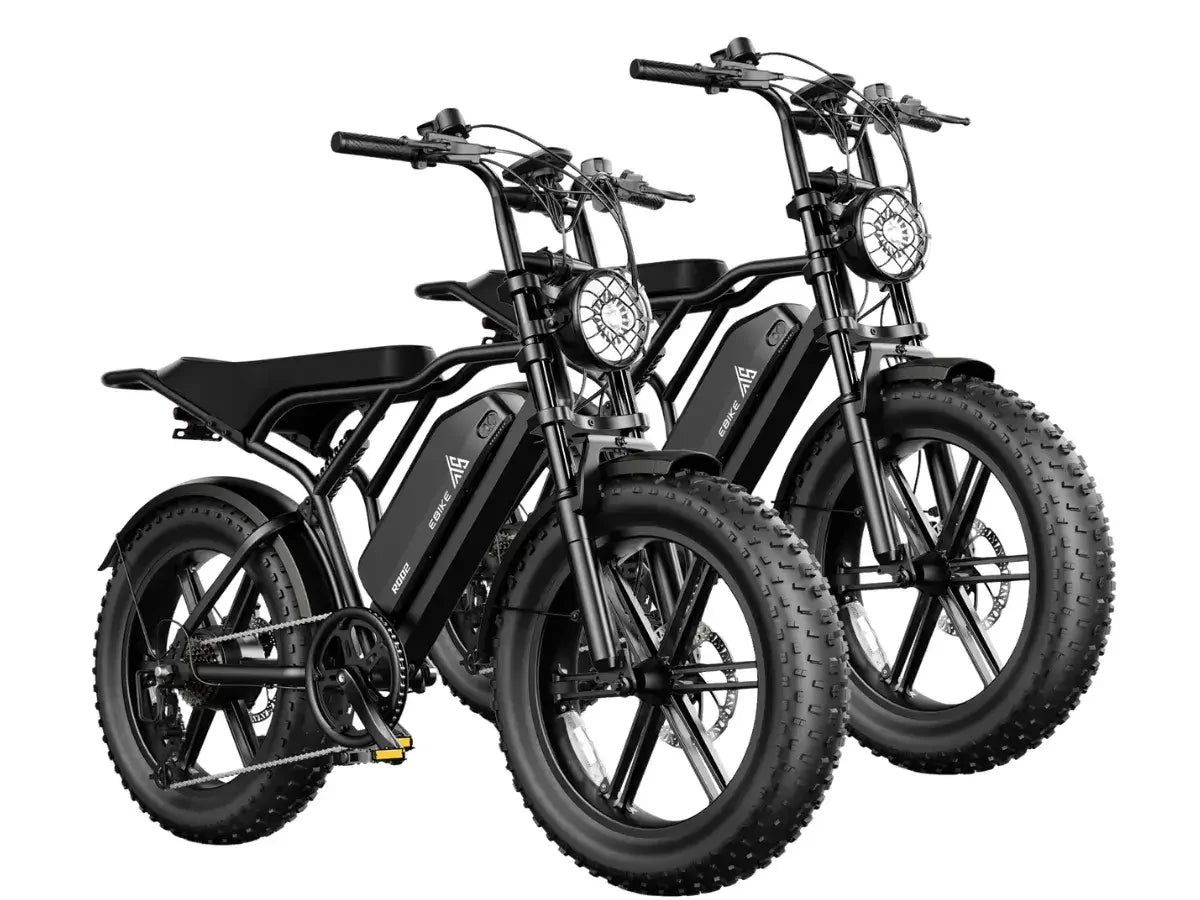
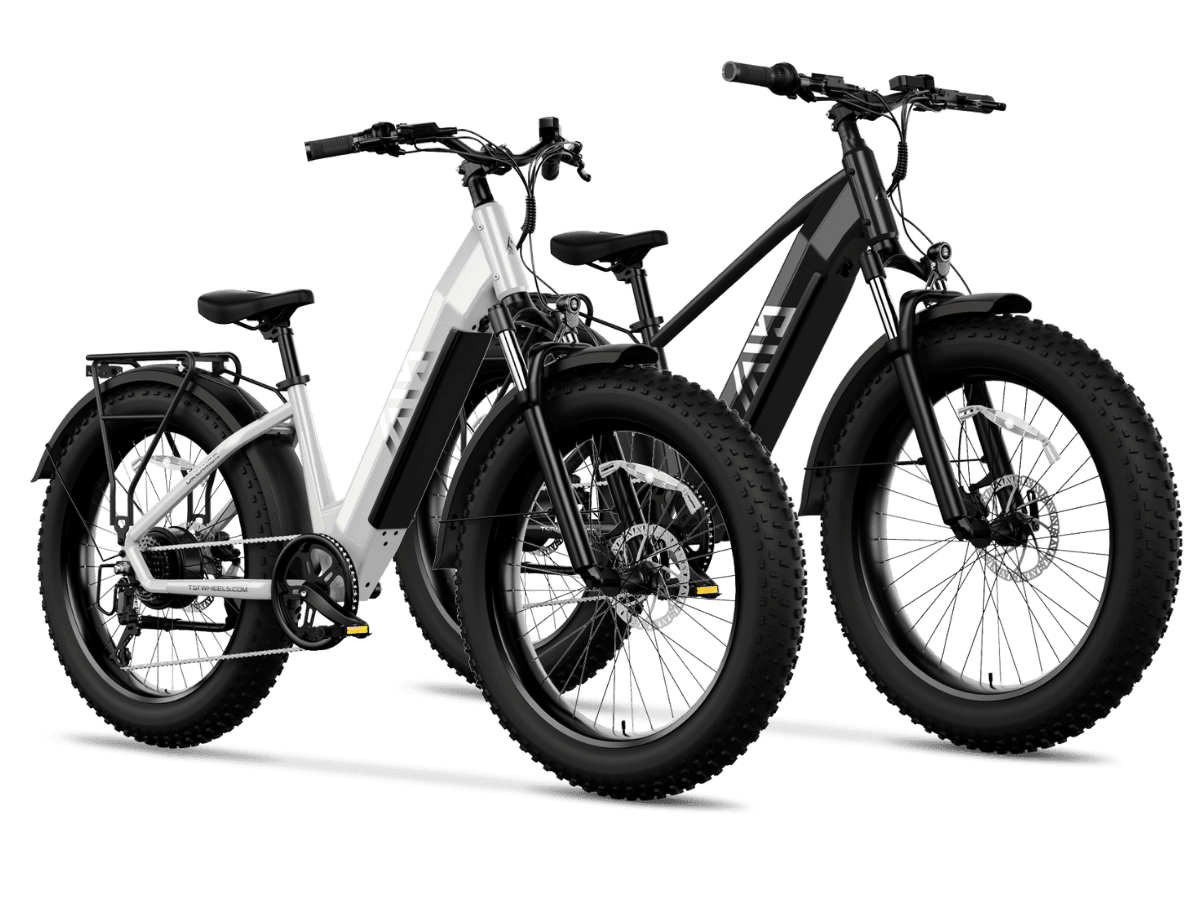
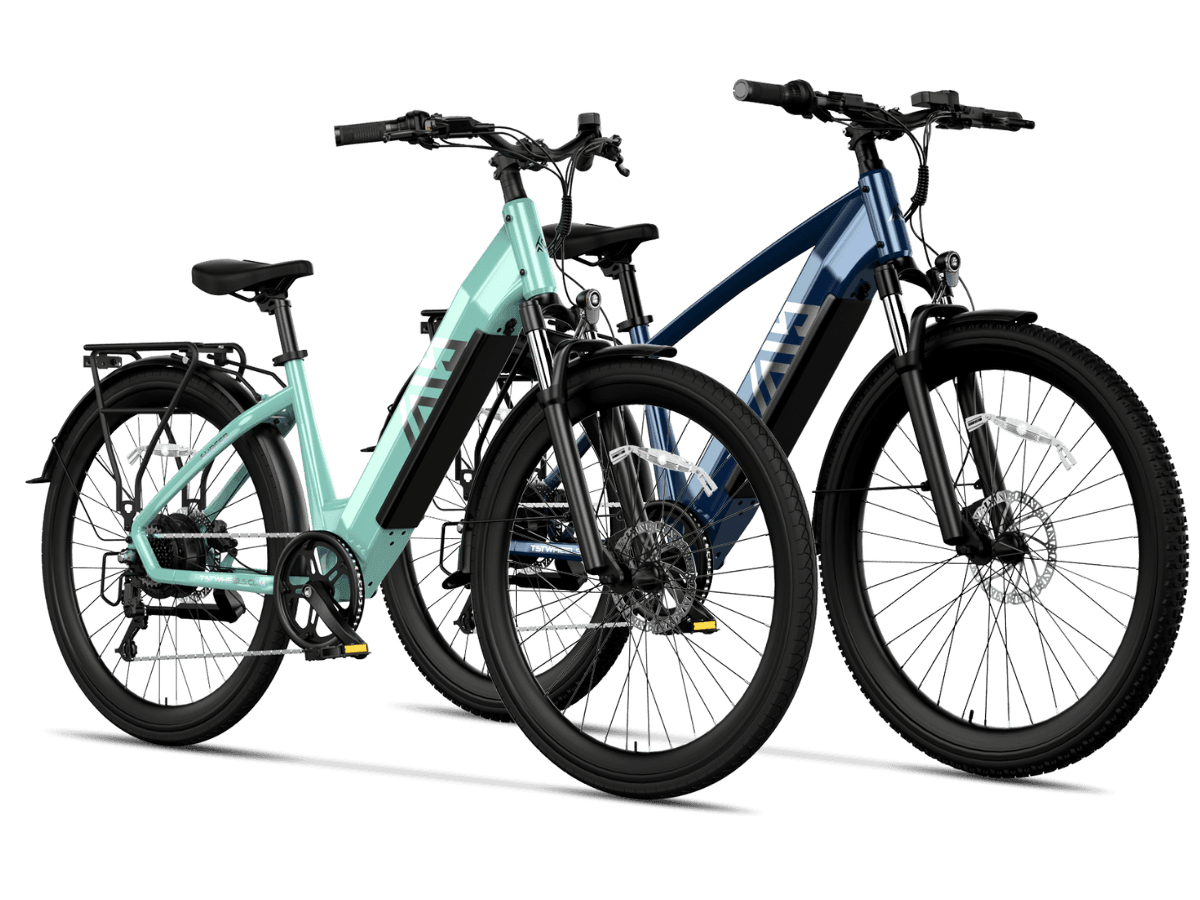
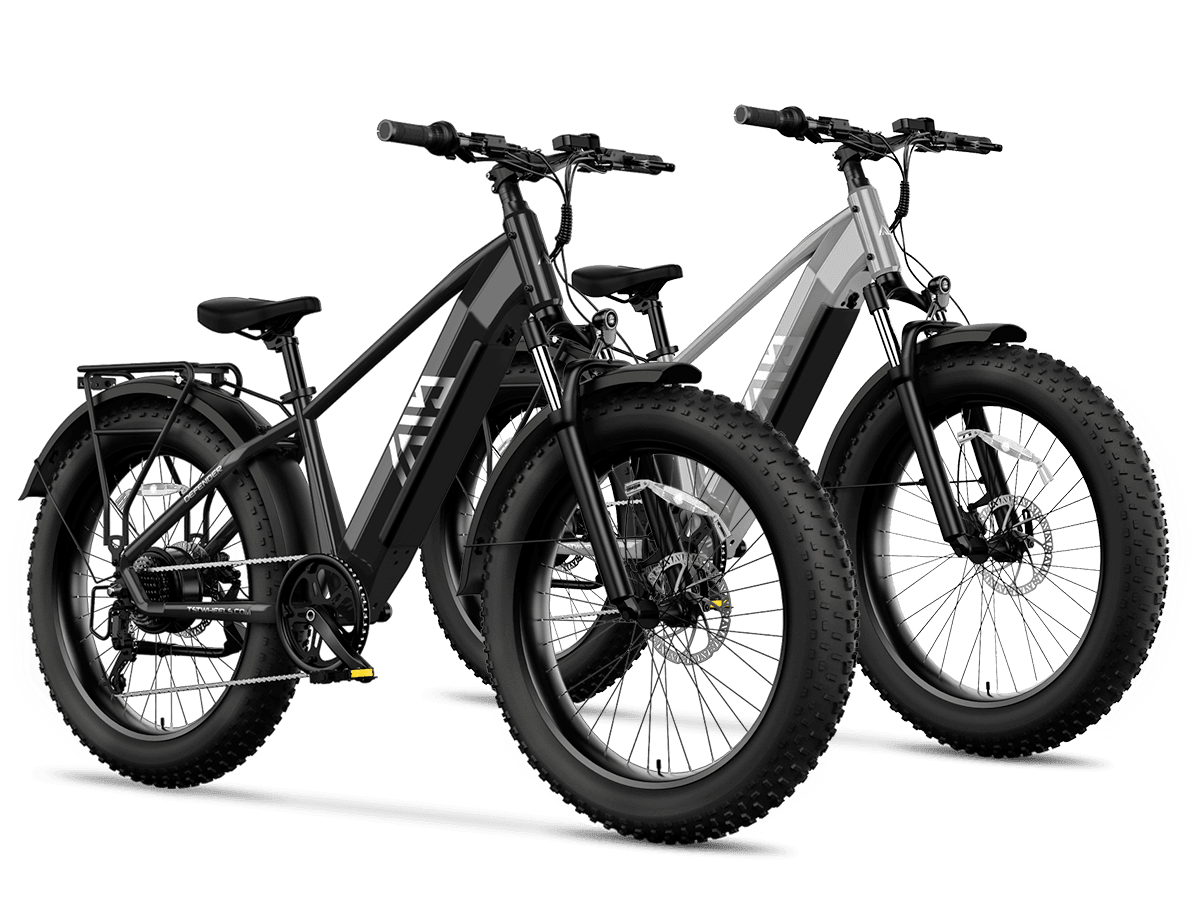
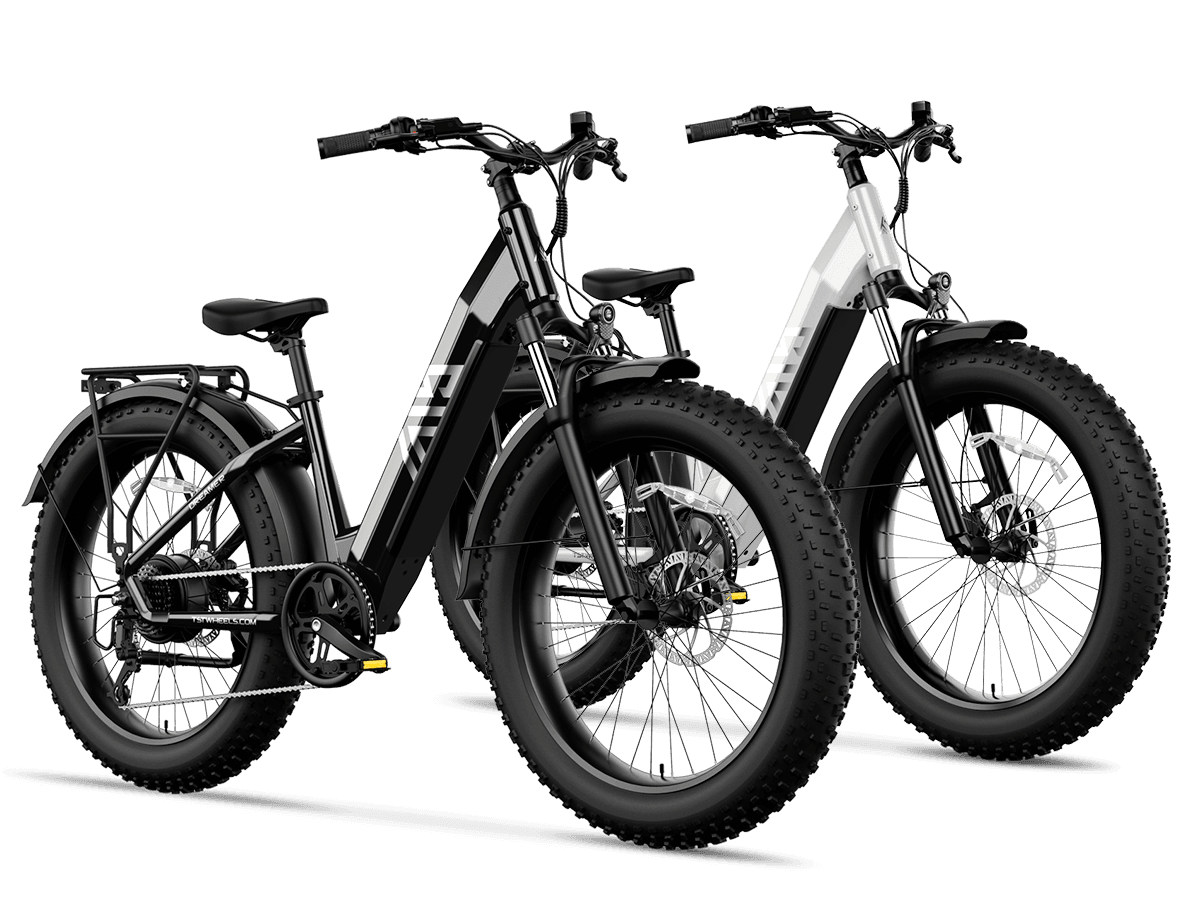
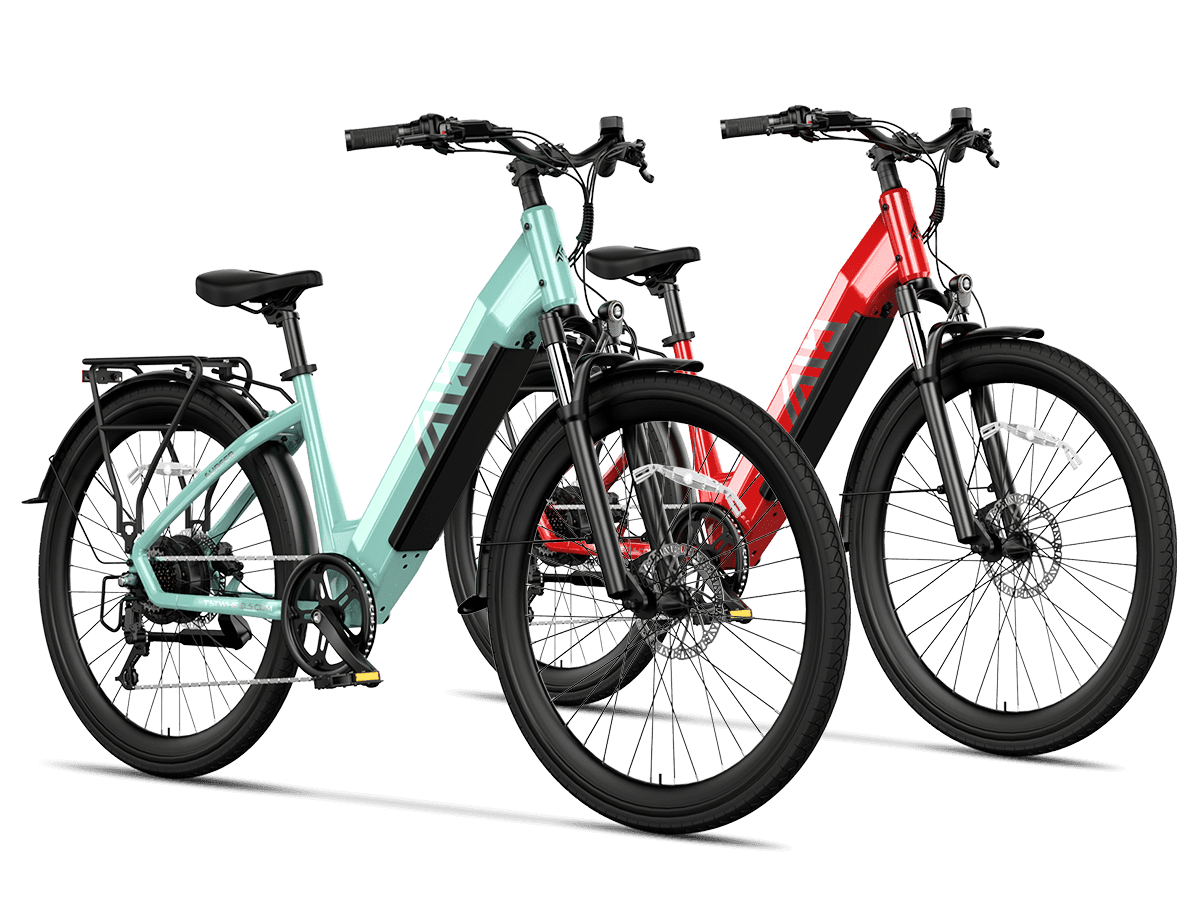
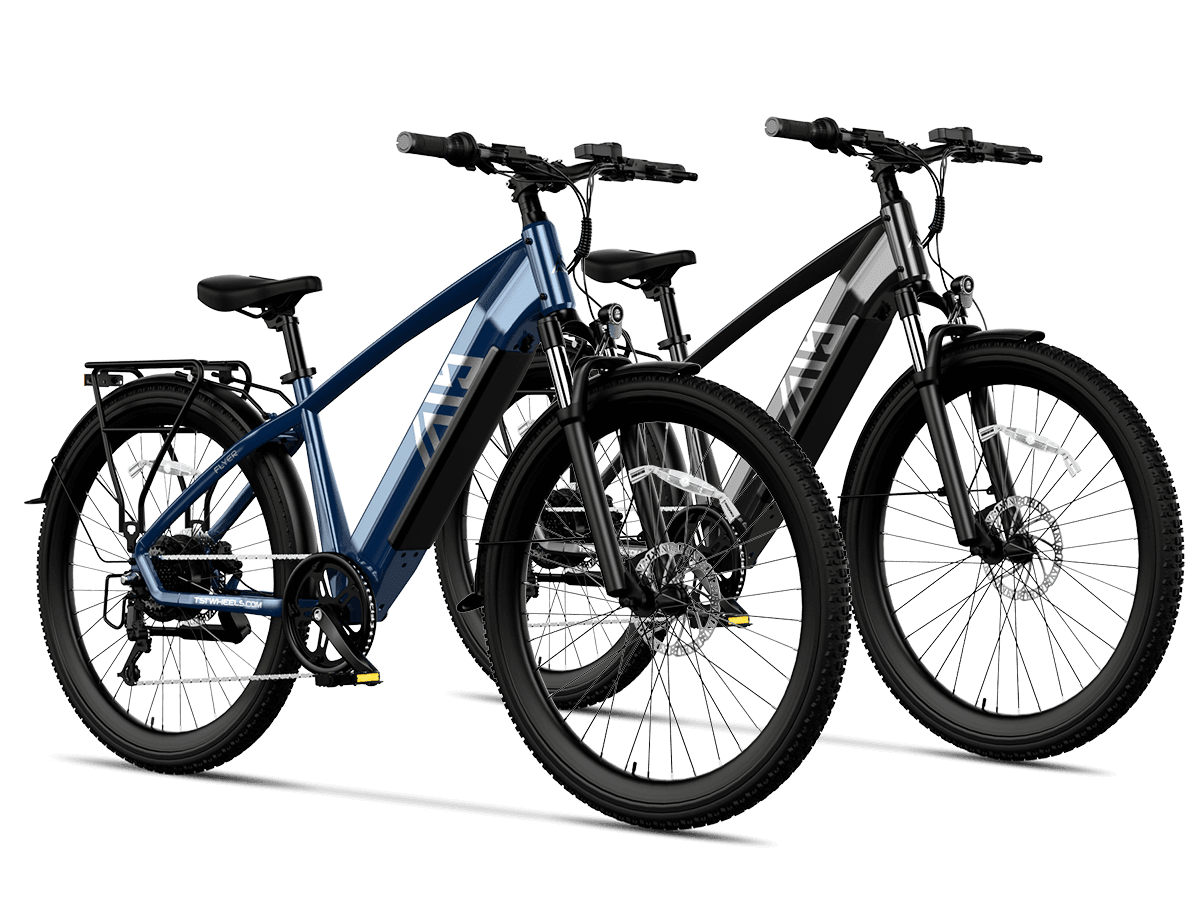
Leave a comment
This site is protected by hCaptcha and the hCaptcha Privacy Policy and Terms of Service apply.